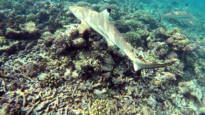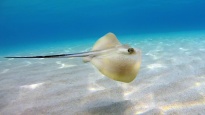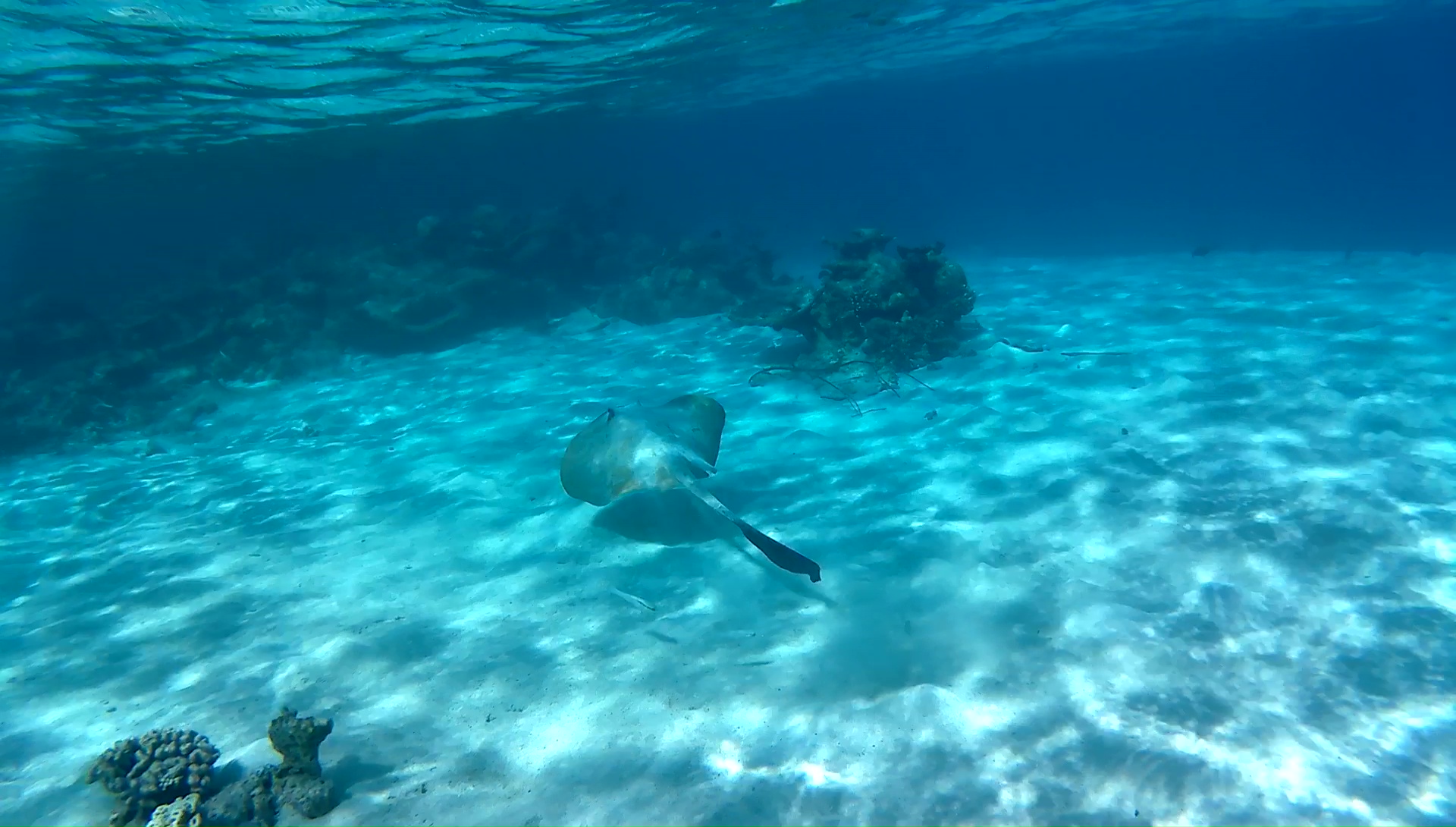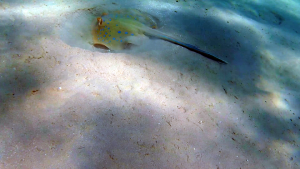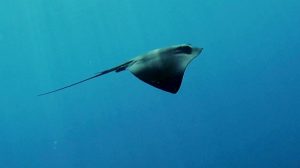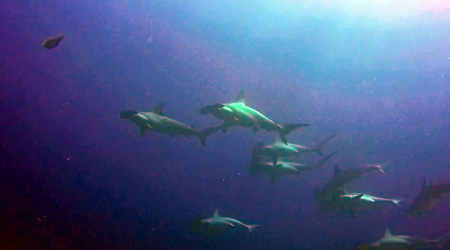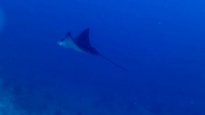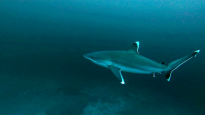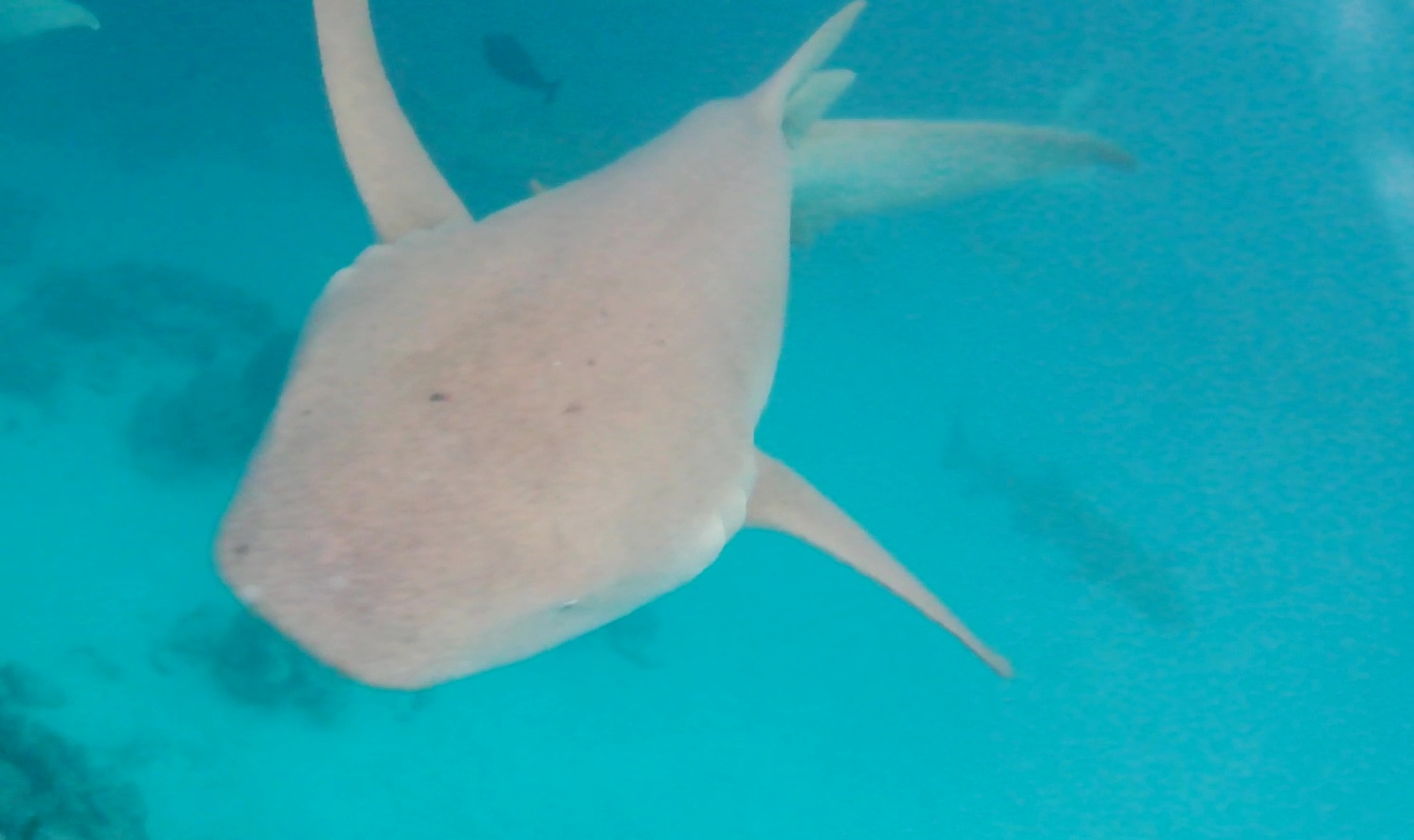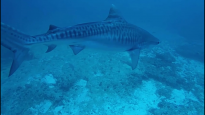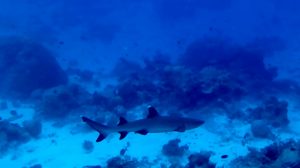Condritti - Chondrichthyes - Pesci Cartilaginei
Blacktip reef Shark - Carcharhinus melanopterus
Dasiatidi - Dasyatidae
Black Spotted Stingray - Taeniura meyeni
Bluespotted ribbontail ray - Taeniura Lymma
Common Stingray - Dasyatis Pastinaca
Pelagic stingray - Pteroplatytrygon Violacea
Hammerhead Shark - Sphyrnidae
Spotted eagle ray - Aetobatus narinari
Squalo dalle punte argentee - Carcharhinus albimarginatus
Squalo Grigio - Carcharhinus plumbeus
Squalo Nutrice - Ginglymostoma cirratum
Tawny nurse shark - Nebrius ferrugineus
Tiger shark - Galeocerdo cuvier
Whitetip reef shark - Triaenodon obesus
Chondrichthyes, or even cartilaginous fishes, are a class of fish that includes over 1100 different species and to which belong sharks and rays (included in the sub-class of the Elasmobranchii), the chimeras (subclass of the Holocephali) and the forms related. They are distinguished at first sight by the bony fish due to the lack of symmetry on a horizontal plane, in particular the mouth is lower, and the fin is asymmetric. Condritti Chondrichthyes Pesci Cartilaginei cartilaginous fishes intotheblue

Biology
These are organisms that have the peculiarity of having an internal cartilaginous skeleton, name of the class that literally means cartilaginous fish. They do not therefore possess dermal bones. The skull is platibase, protometamer in the elasmobranchs and auximetamer in the olocephallic; it can show an amphysilic mandibular suspension (more archaic forms), iostilica (more recent elasmobranchi) or self-esthetic (olocephalic). Condritti Chondrichthyes Pesci Cartilaginei cartilaginous fishes intotheblue
Most of the species have 5 gill slits (6 or 7 in some elasmobranchs, 4 in the olocephali) generally without operculum, present only in the olocephaliops where the spiracle is missing. All the Chondricks have placoid dermal flakes and a developed electroreceptor apparatus.
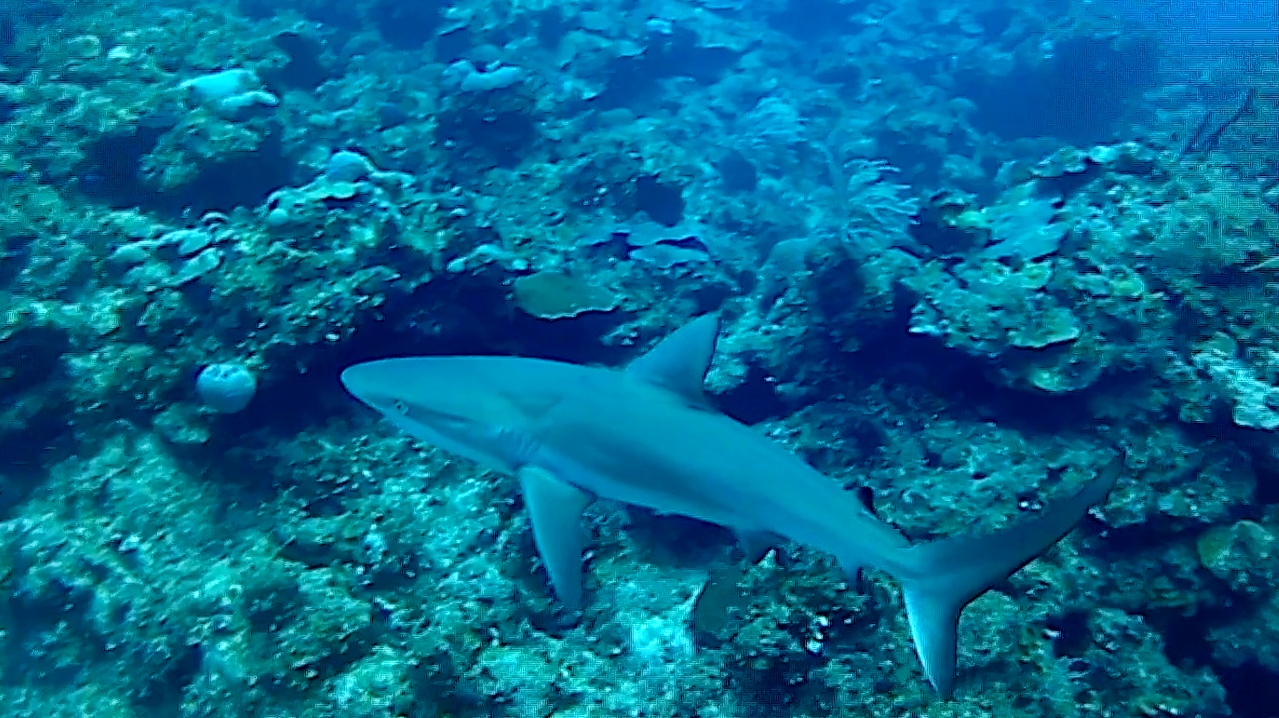
Reproduction
Reproduction is sexed with internal fertilization, which occurs thanks to the presence in males of pterygopodia, two appendices with a copulatory function that extend from the central region of the pelvic fins. The olocephali can also have a frontal appendix on the head equipped with teeth to grasp the female during the coupling. The species can be oviparous, ovoviviparous or even viviparous and do not produce a conspicuous offspring, for which they are considered to be at high risk of extinction.
Evolutionarily they developed by radiation from the Placoderms during the Devonian, at the same time as the Osteitti.
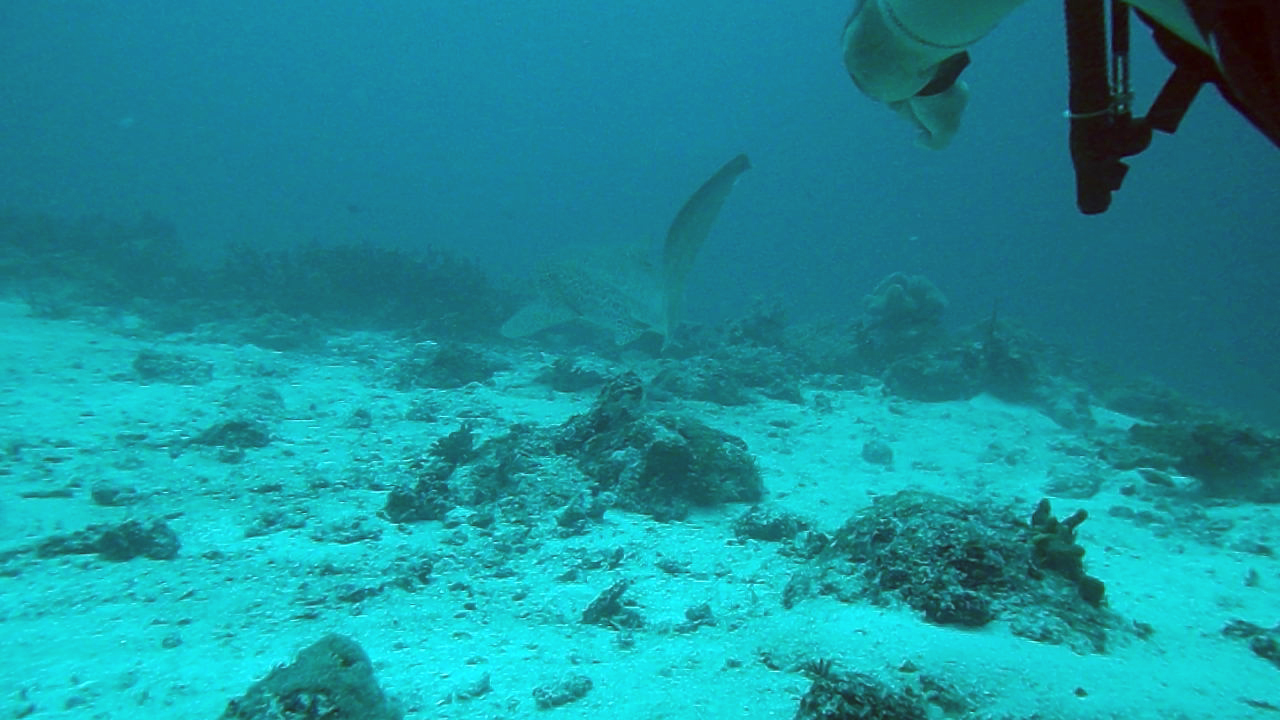
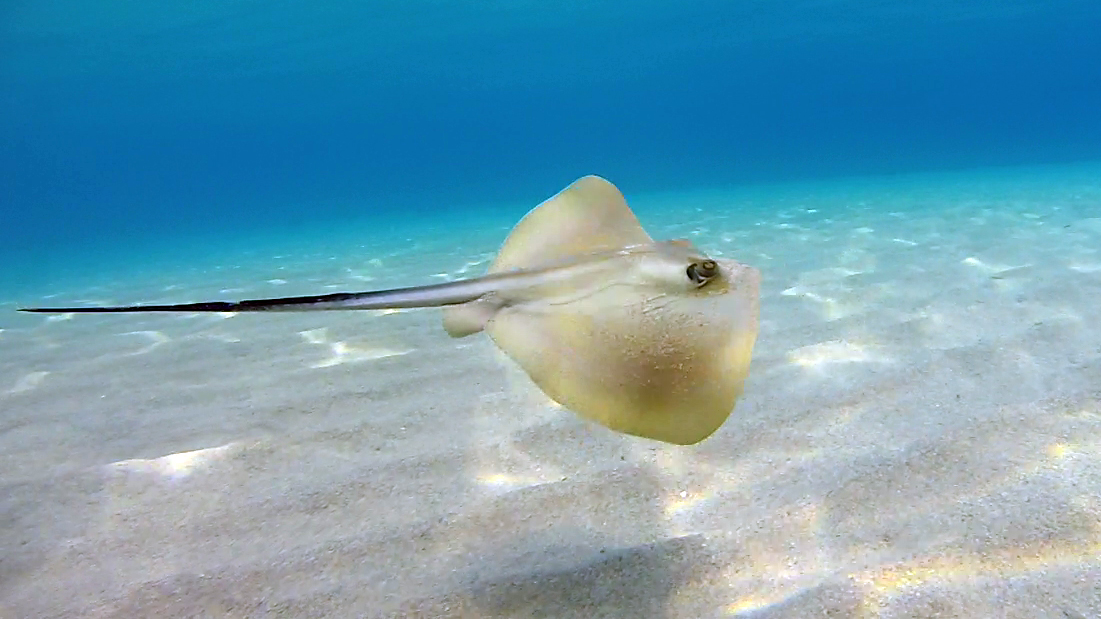
https://it.wikipedia.org/wiki/Chondrichthyes https://en.wikipedia.org/wiki/Chondrichthyes

